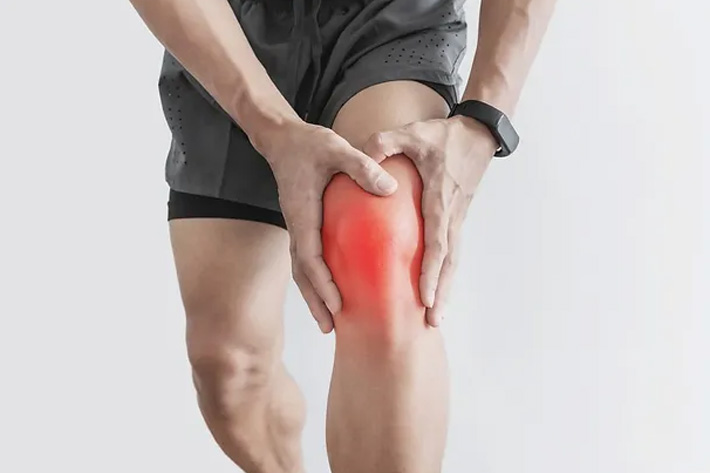Patellofemoral disorders, also known as patellofemoral pain syndrome or anterior knee pain, refer to a group of conditions that cause pain and dysfunction in the front of the knee. These disorders
primarily affect the joint between the patella (kneecap)
and the femur (thigh bone). Patellofemoral disorders are common among athletes and individuals who engage in activities that involve repetitive knee movements, such as running, jumping, or squatting.
Here are some common patellofemoral disorders:
- Patellar Tendinitis: This condition involves inflammation and irritation of the patellar tendon,which connects the patella to the tibia (shinbone). It is often caused by overuse, especially inactivities that involve repetitive jumping or kicking.
- Chondromalacia Patellae: Chondromalacia refers to the softening and deterioration of thecartilage on the underside of the patella. It is often caused by abnormal patellar tracking ormisalignment, leading to increased pressure on the cartilage.
- Patellar Dislocation/Subluxation: Patellar dislocation occurs when the patella moves out of itsnormal position within the patellofemoral groove. It can cause severe pain and may damage thesurrounding structures, such as ligaments and cartilage. Subluxation refers toa partial dislocationwhere the patella momentarily moves out of place but returns to its original position.
- Patellofemoral Osteoarthritis: This is a degenerative condition that occurs when the cartilage onthe patella and femur wears down over time. It can result from previous injuries, repetitive stress, orunderlying conditions such as malalignment or patellar instability.
- Patellar Bursitis: Bursae are small fluid-filled sacs that cushion the movement between bones andtendons. Inflammation of the bursa located just below the kneecap can cause pain and swelling.
Common symptoms of patellofemoral disorders include pain around or behind the patella, especially
with activities that involve bending the knee, going up or down stairs, or sitting for pr
olonged periods with the knee flexed. Swelling, crepitus (grinding or popping sensation), and a feeling of instability
may also be present.
Treatment for patellofemoral disorders typically involves a combination of conservative measures, such as rest, ice
, physical therapy, strengthening exercises, and orthotics to correct biomechanical
issues. In some cases, surgical intervention may be necessary, especially if conservative treatments fail to provide relief or if there are structural abnormalities that re
quire correction.
It’s important to consult with a healthcare professional, such as a sports medicine physician or an
orthopedic specialist, for an accurate diagnosis and appropriate management of patellofemoral
disorders.





